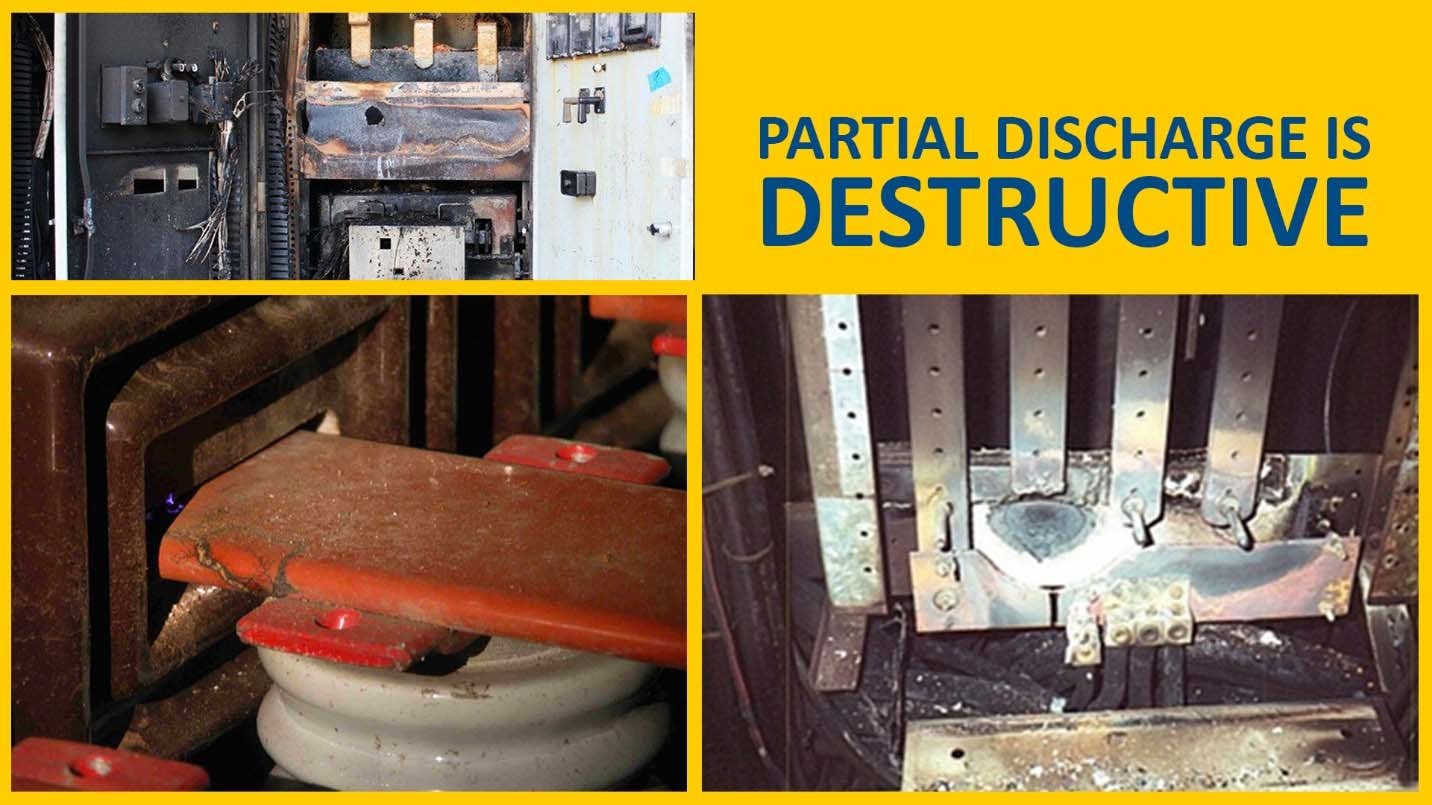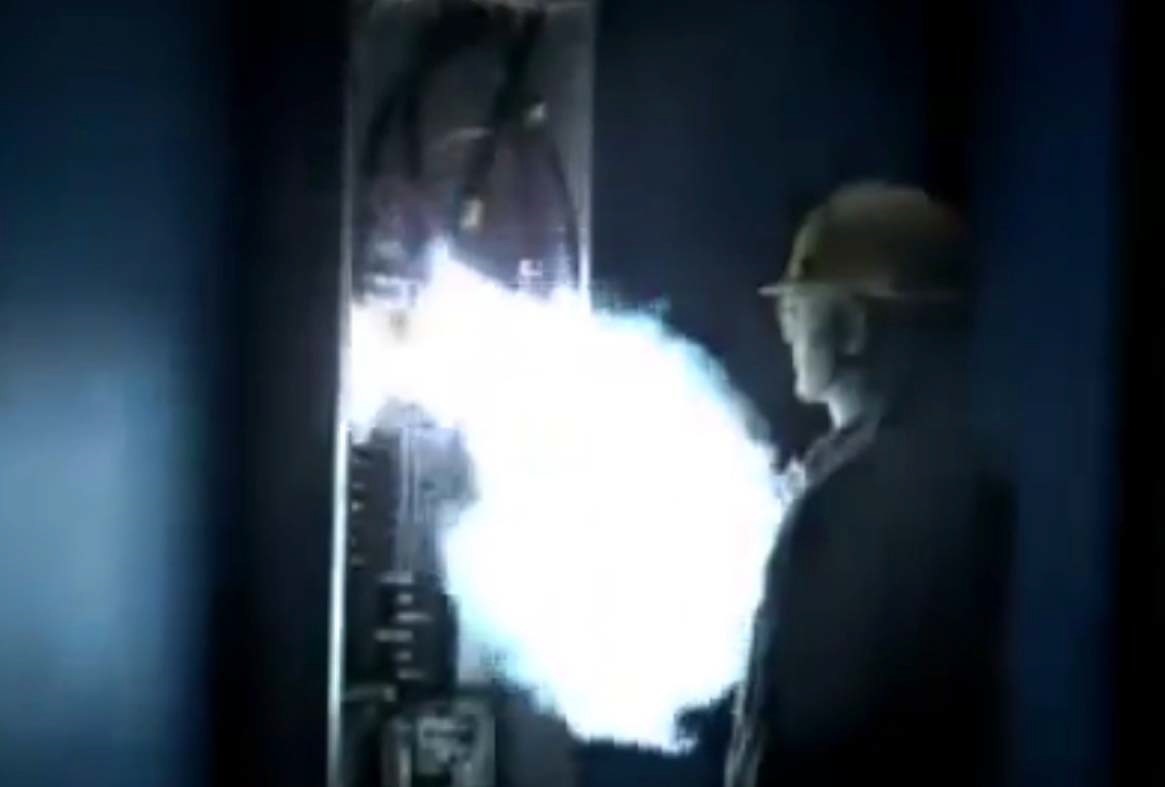In a word: Reliability. Actually, two words, reliability and safety, but reliability leaders know that the two go hand in hand. In fact, reliable facilities are safe facilities. Electrical assets can never be managed with a run to failure strategy.
Partial Discharge (PD) is an indication of a developing fault in a medium and a high voltage insulation and is widely regarded as the best early warning indicator of the insulation system’s deterioration. A weaker insulation system translates to a higher probability of failure.
Testing for the presence of PD must take place throughout the life of the asset. During the design phase, directly after manufacturing as a quality control. During the installation and commission phase, and throughout the serviceable life of the asset.
Partial Discharge is Destructive
It directly destroys all organic insulation materials and produces by-products that form aggressive chemicals which can attack both insulation and conductors. The end result of PD is a full discharge (complete failure) of the insulation system.

What are the Consequences?
Insulation in some electrical equipment is designed to be resistant to partial discharge, but… Switchgear is designed to be PD free, so switchgear insulation is NOT PD resistant. When PD occurs in switchgear, it is because of an insulation defect. Early detection allows relatively quick and easy repair.
But if it is not detected… and eliminated, it will eventually bridge the insultation and result in an Arc Discharge. Arcing and, in some instances, partial arcing are the flow of electricity through the air from one conductor to another object which conducts electricity. It is a rapid expansion of gas, which causes fires and explosions, is extremely violent, generates extreme temperatures, and, therefore, the rapid destruction of all equipment connected.

Human Safety
A report published in Industrial Safety and Hygiene News estimated that, on average, there are 30 000 arc flash incidents every year. The report went on to estimate that those incidents resulted in average annual totals of 7 000 burn injuries, 2 000 hospitalizations, and 400 fatalities per year.
Final Thoughts
Partial Discharge is more common than we like to believe. There are ready technologies available that help to not only reduce the risk of arc flash exposure, but also, simultaneously, enhance the overall reliability of the electrical system. It’s really a win‐win for safety and reliability.
There are a few technologies available, but some are better than others. Some are suited for a particular purpose. It’s a case of choosing the right one, for the right applications, on the right components, on the right situation.
When compared, ultrasound seems to be the most practical, simple, comprehensive and cost‐effective. Ultrasound should be your first line of defense technology to build out your overall electrical condition monitoring and analysis strategy.




